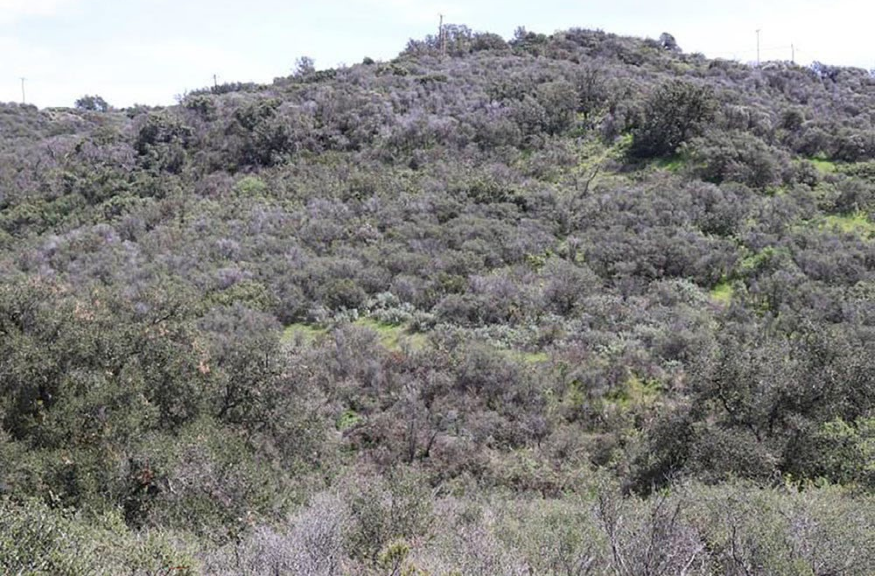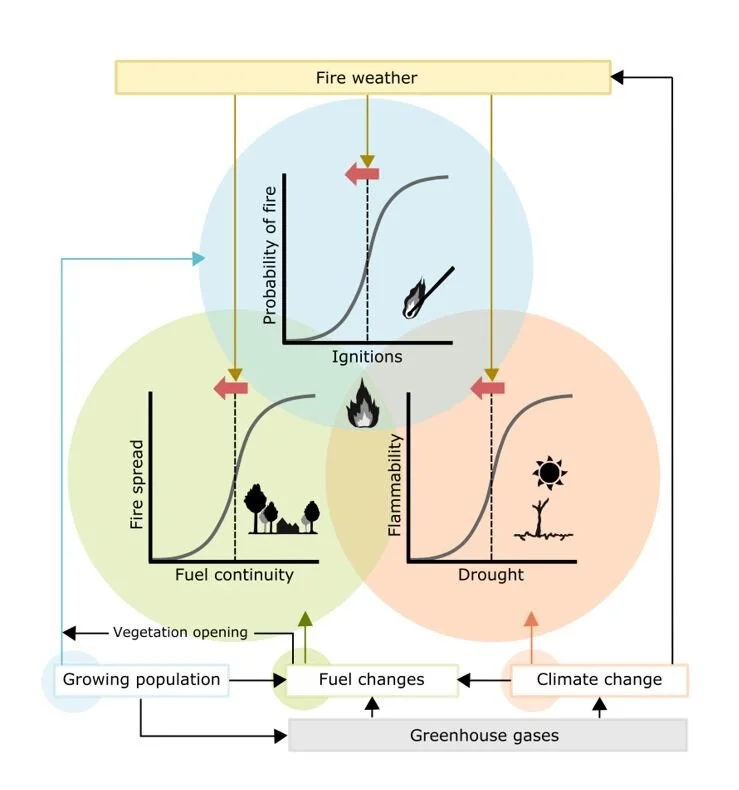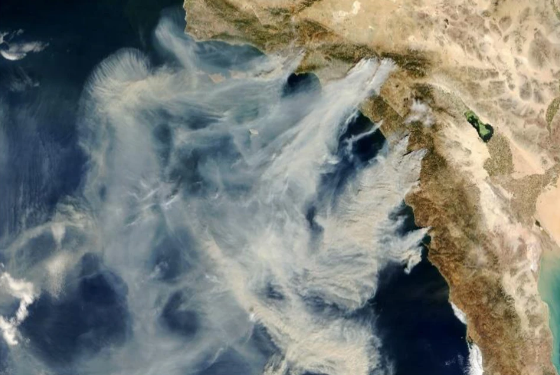Heading fires consume more fuels than backing fires
/Researchers from Michigan State University and the USFS Fire Behavior Assessment Team used 15 years of immediate pre- and post-fire fuel and wildfire behavior data to identify the role of fire advancement mode and pre-fire environmental drivers (e.g., topography, fire weather, and fuel loadings) on fuel consumption and fire effects in California mixed-conifer forests.
Read More










